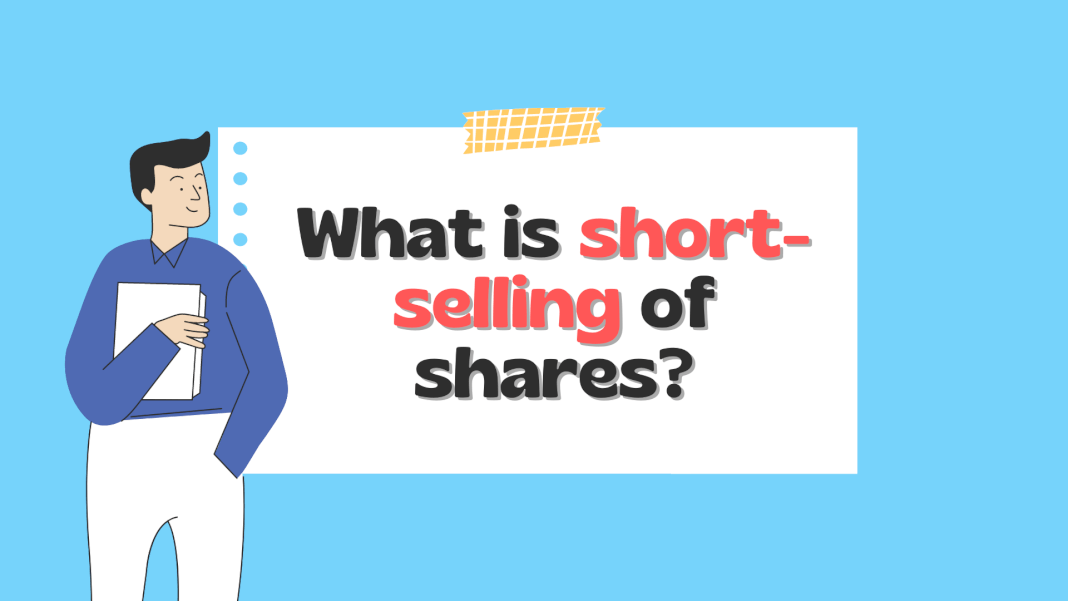Short selling is a speculative activity in the stock market where a trader sells a share or equity that he doesn’t own. The seller doesn’t own the shares he is selling, rather, these shares are automatically borrowed from another owner. The logic of short selling is that the seller expects the value of this share to decline in near future ( in the same day) and he buys the share later to complete the transaction. Short selling is an intra-day transaction mostly.
Understand that the seller doesn’t owned the share and hence he has to return the share by buying later from the market and thus automatically returning. Under short selling, the investor actually is assumed to be borrowing the shares from the market.
How can a trader sell a share without buying it?
The doubt for any individual is how a trader can sell shares when he has not bought them. Here, understand that such a facility is allowed in the stock market by the regulators. Individuals and institutions can sell the share they are not owned but there is an important condition that he should buy the shares later in the day to complete the transaction.
The borrowing and later returning part are not directly involved by the trader. He has to just sell first and buy later to fulfil his deal (need not bother about borrowing and later returning scenarios and this will be automatically done through the market mechanism). Retail investors and institutional investors like Hindenburg can also make short selling.
This facility of short selling is allowed by the regulators to impart more volume and liquidity in the market or to enhance stock market activity. Usually short selling happens in a bearish markets when there is scope for heavy drop in the share price in immediate future.
The normal trading pattern in the market is we are buying a particular share, expecting that its price will go up in the future. Then we will be selling the shares we bought and will be making good profit. This is the normal investment pattern. The opposite is short selling. Short selling is an unorthodox type of speculative deal in the sense that we are mainly used to buying first and selling later.
Following explains short selling process.
- The trader expects a fall in the share of a company.
- He sells (doesn’t bought the share so far – this is very important and it is assumed that he is borrowing the share from the market to sell) the shares for Rs 50.
- Later the shares’ price falls to Rs 30 and then he buys the share to complete the transaction.
- Here, the trader’s profit is Rs 20.
The mindset of the short seller is that he expects that the price of the share he is selling is going to fall soon. Here, regulators allow traders to sell first (short selling) and buy later to complete the transaction. Speculation is the main motive behind short selling. Several investors also short-sell for hedging ( to insure an opposite transaction of buying (or long position) the shares) purposes. Remember in the stock market terminology, a long position indicates buying transaction whereas a short position denotes a selling transaction.
What happens when the investor doesn’t buy (to complete the transaction) later?
Here, automatically, the transaction will be automatically squared off at a particular time (in the NSE, it is 3.20 pm) towards the end of the trading day and the automatic buying price will be the price prevailing at that time (3,.20 pm in the NSE).
Advantages and disadvantages of short selling
The advantages and disadvantages of short selling is like the two sides of a coin. You can make big profit through short selling. At the same time, the disadvantage is that you can make big losses as well.
**** *****
*****









